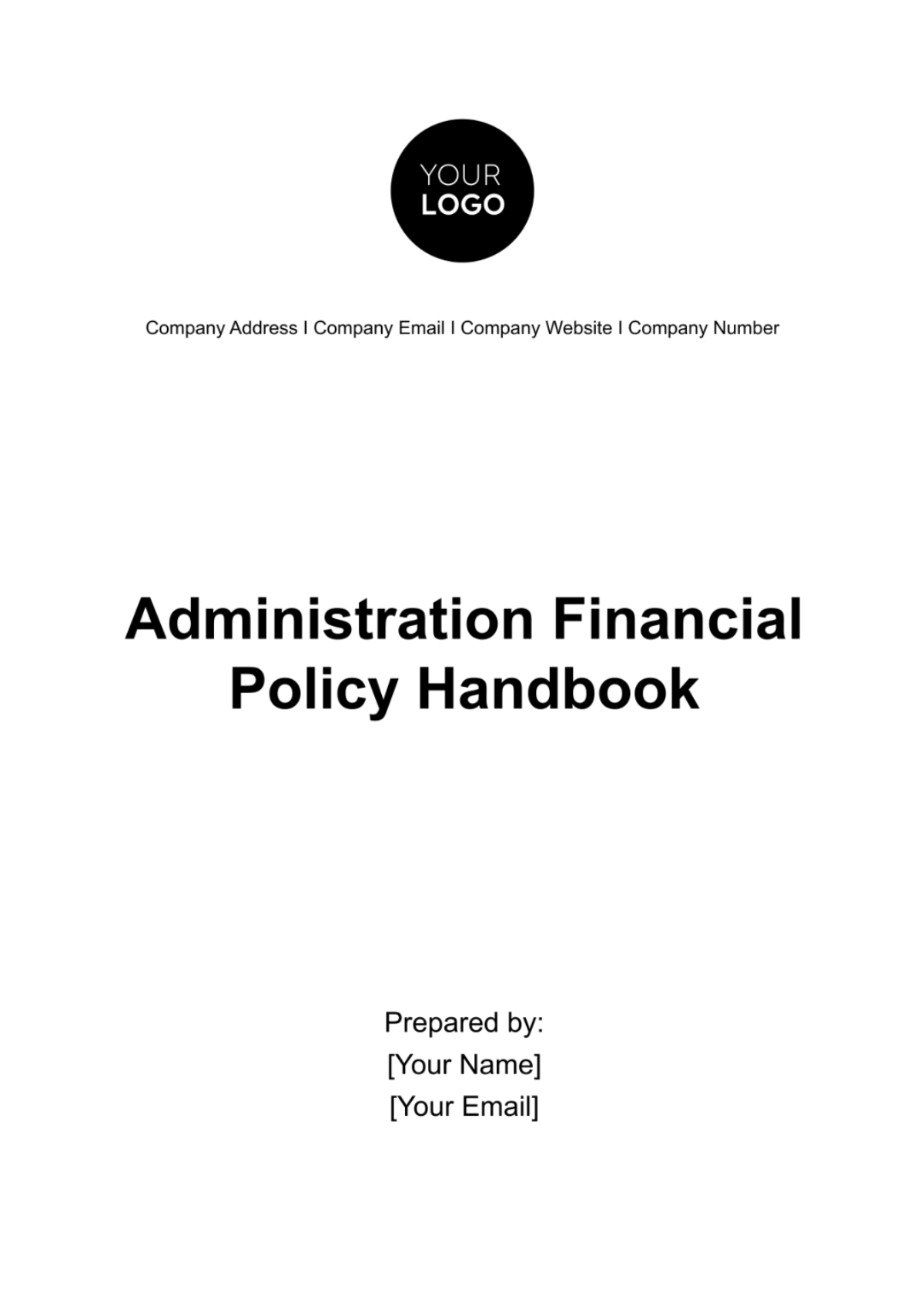Free Administration Financial Policy Handbook
Establish financial integrity and accountability with the Administration Financial Policy Handbook Template from Template.net. This editable, customizable handbook sets forth your organization's financial policies, promoting transparency and ethical financial practices. Tailored to meet your needs with our Ai Editor Tool, it's an invaluable resource for guiding financial decisions and operations.






























